15 RV Statistics and Market Trends in the US – 2023 Update
-
- Last updated:
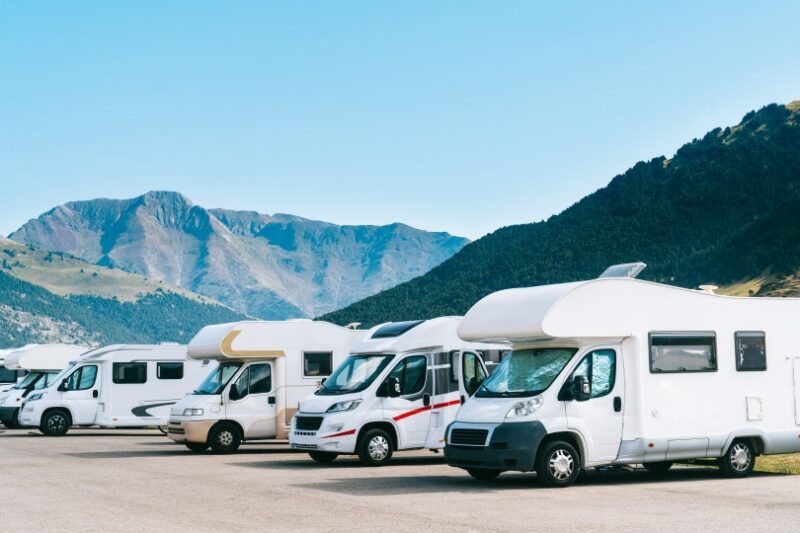
Note: This article’s statistics come from third-party sources and do not represent the opinions of this website.
The RV industry is booming, and forecasts predict that the recreational vehicle trend will remain strong next year. The prices have gone up, but more people are still deciding to purchase a recreational vehicle. There are plenty of reasons why RV prices have increased, and COVID had a lot to do with it. Keep reading to learn more about the current statistics and market trends in the recreational vehicle industry.
Click below to jump ahead:
- RV Industry During COVID
- RV Consumer Demographic Profiles
- Use and benefits of RVs in the US
- Impact of the RV industry on the US economy

The 15 Recreational Vehicle (RV) Statistics
- The RV industry has blossomed during COVID.
- RVs provide an excellent opportunity for people to enjoy vacations while still adhering to social distancing.
- The RV industry is still on pace to build more than 600,000 RVs in 2022.
- Over 11% of US households headed by 35 to 54-year olds own an RV.
- There’s significant growth among 18 to 34-year-old buyers, who now make up 22% of the market.
- A typical recreational vehicle owner is 48 years old, married, and has an above-average household income.
- Millennials have been purchasing and renting RVs more than ever before.
- More than 9 million households in the US own recreational vehicles.
- According to the RV Industry Association, 46 million Americans plan to take an RV trip in the next 12 months.
- An incredible 9.6 million households intend to buy an RV within the next 5 years.
- Nearly 90% of recreational vehicle owners take three or more mini-vacations each year.
- Over 65% of people bring a pet on their RV trips.
- A family of four can save 27-62% on vacation costs if choosing to go RVing.
- The RV industry contributes almost $12 billion in taxes to the US economy every year.
- The recreational vehicle industry has an economic impact of $114 billion and supports almost 600,000 jobs.
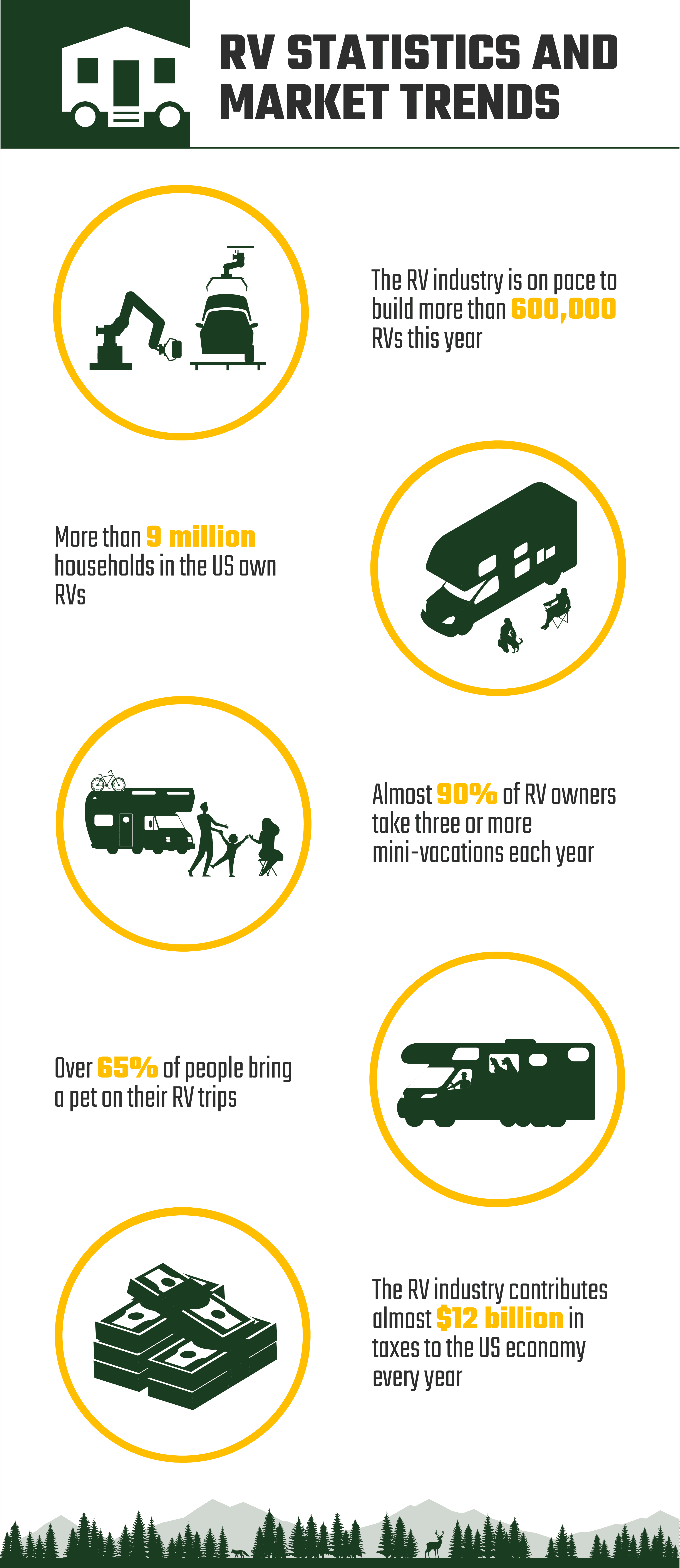

RV Industry During COVID
1. The RV industry has blossomed during COVID.
(RVIA)
People haven’t been able to go on vacations and enjoy themselves like they usually do due to COVID, which has brought many benefits to the RV industry. RVing is a safe way to travel and explore the country while respecting everyone’s social distancing. That’s why it became popular in 2020, and the trend will undoubtedly continue in 2022.
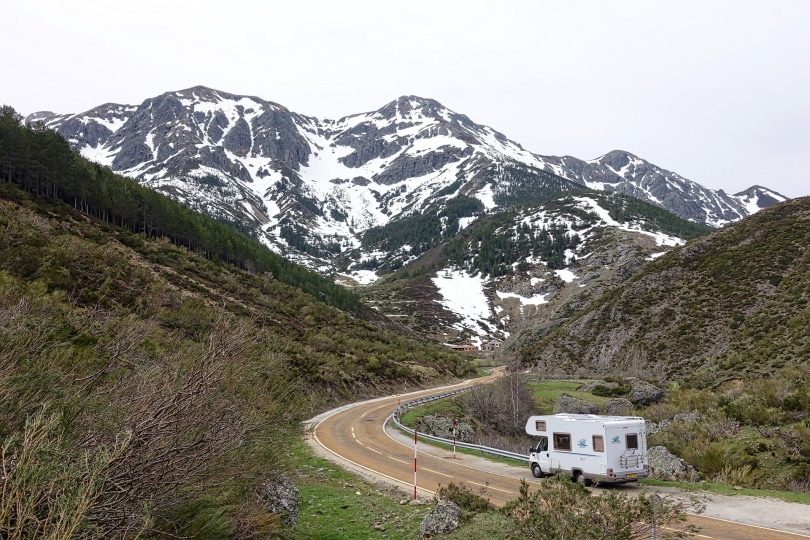
2. RVs provide an excellent opportunity for people to continue to enjoy vacations while still adhering to social distancing.
(RVIA)
Traveling by recreational vehicle helps you respect social distancing. That’s why many families decided to explore this option, and there are more customers in the RV world each day. It’s an easy way to travel safely, enjoy free time with your friends and family, and save money.
3. The RV industry is still on pace to build more than 600,000 RVs in 2022.
(RVNEWS)
The RV industry has been growing since 2017, and it’s constantly rising. COVID had a lot to do with it when it comes to restrictions on regular vacations because people needed to find a safe option for traveling. The prediction is that more than 600,000 RVs will be built in 2022 since the demand is high.


RV Consumer Demographic Profiles
4. Over 11% of US households headed by 35 to 54-year-olds own an RV.
(RVIA)
In the last couple of years, about 8-9% of households in the US owned an RV. That number has increased to over 11% of households, mainly held by 35 to 54-year-olds. There’s no doubt that this number will increase even more with the popularity of RVs.
5. There’s significant growth among 18 to 34-year-old buyers, who now make up 22% of the market.
(RVIA)
Young people have realized that you can still enjoy your free time and go on vacations regardless of everything going on in the world. Owning a recreational vehicle helps you be your own boss and decide where you want to go. That’s why many 18 to 34-year-olds have been purchasing RVs more often.
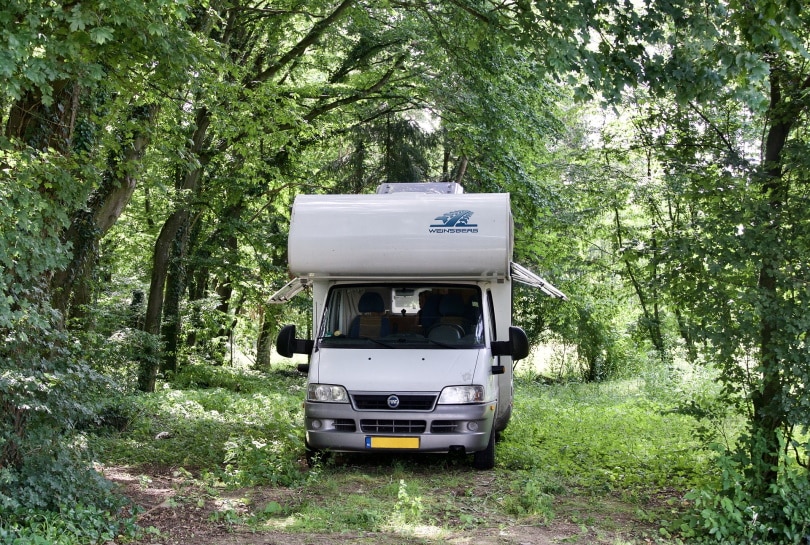
6. A typical recreational vehicle owner is 48 years old, married, and has an above-average household income.
(RVIA)
RVs can be pretty pricey, especially when loaded with appliances and electronics. Studies show that typical owners are usually 48 years old, married, and have an above-average salary. Married people who have a family use RVs more because of family vacations. Still, there’s no age limit when it comes to buying a recreational vehicle, so you can always decide to take the step and buy your first motorhome.
7. Millennials have been purchasing and renting RVs more than ever before.
(RVIA)
Millennials are starting to realize that going RVing can be fun and exciting. That’s why many of them have decided to rent or purchase an RV, which will undoubtedly continue in the following year.
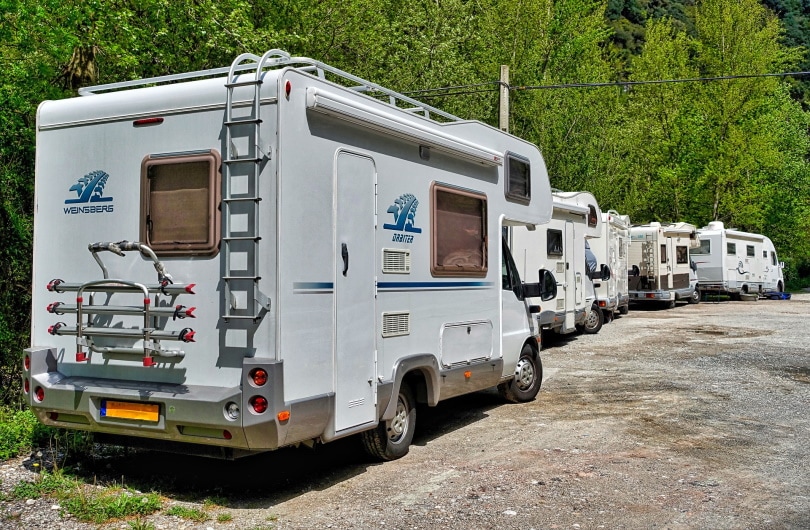
8. More than 9 million households in the US own recreational vehicles.
(MARVAC)
There has been a significant increase in people who owned an RV last year, and the numbers keep increasing. Over 9 million households currently own an RV, which is over 16% more than in 2001. The numbers keep rising, so in 2022, over 11 million households are expected to be proud recreational vehicle owners.

Use and benefits of RVs in the US
9. According to the RV Industry Association, 46 million Americans plan to take an RV trip in the next 12 months.
(RVIA)
As the RV Industry Association says, the interest in people for RVs keeps growing each day. Over 46 million Americans said they will likely take an RV trip in 2022. If the growth continues at that pace, it can become one of the leading industries in the country.
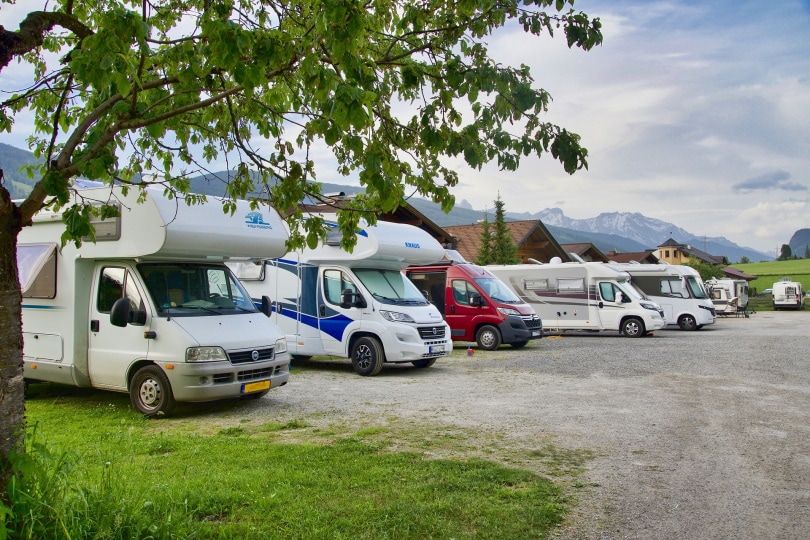
10. An incredible 9.6 million households intend to buy an RV within the next 5 years.
(RVIA)
Since we previously said that over 46 million Americans plan to take an RV trip in the following year, it’s no wonder that 9.6 million households intend to buy an RV. Renting is also an option, but if you have the funds, it’s best to have your own recreational vehicle that you can use at your convenience.
11. Nearly 90% of recreational vehicle owners take three or more mini-vacations each year.
(RVIA)
This fact shows how easy and convenient it is to travel by recreational vehicle. Almost 90% of RV owners take three or more mini-vacations every year. That shows how affordable and easily accessible RVing can be. There’s no need to book a hotel or search for a flight. Just pack your bags, fill the tank, and you’re ready for action.
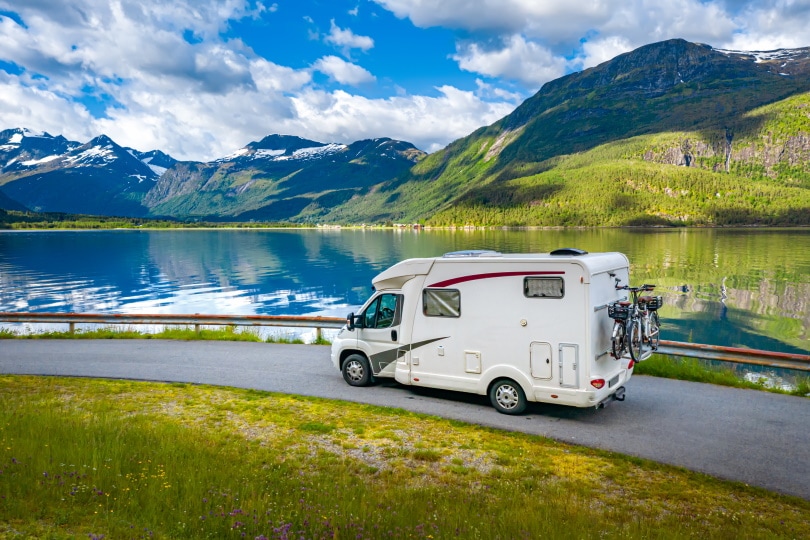
12. Over 65% of people bring a pet on their RV trips.
(RVIA)
When you travel regularly, there are many things you need to do to take your pet with you. Or, if the pet is not allowed in the hotel or on the flight, you need to find someone to take care of them. On the other hand, if you have an RV, you can easily bring your pet, and over 65% of RV owners do it.
13. A family of four can save 27-62% on vacation costs if choosing to go RVing.
(RVIA)
When you consider all the hidden costs, traveling can be pretty expensive. If you decide to go RVing, you can reduce the costs anywhere from 27-62% for a family of four. You can have an affordable vacation that you and your family will remember for a long time.
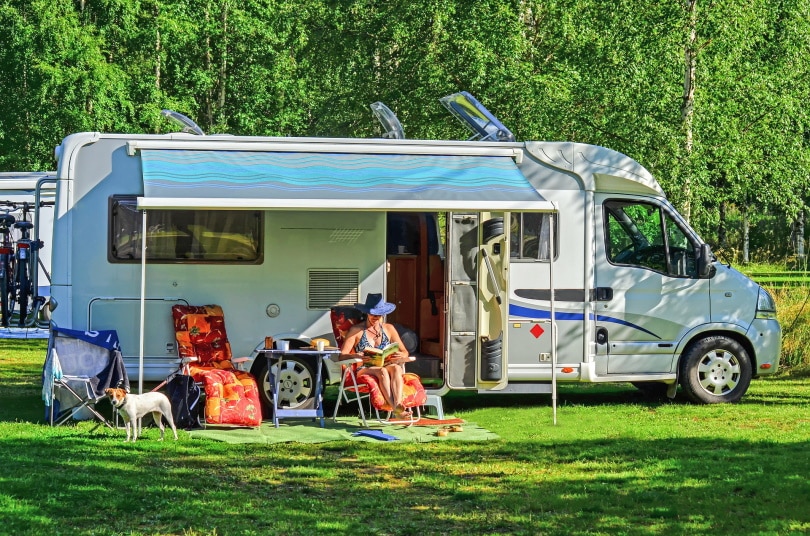

Impact of the RV industry on the US economy
14. The RV industry contributes almost $12 billion in taxes to the US economy every year.
(THEWANDERINGRV)
The US economy has benefited from the RV industry because it contributes almost $12 billion in taxes. That’s an enormous amount, so industry growth is really important for the whole country.
15. The RV industry has an economic impact of $114 billion and supports almost 600,000 jobs.
(MARVAC)
The economic impact of the RV industry has an incredible impact of $114 billion and provides over 600,000 jobs, which is a huge success for any industry. If the production continues as predicted, there will be even more job openings and benefits for the US.
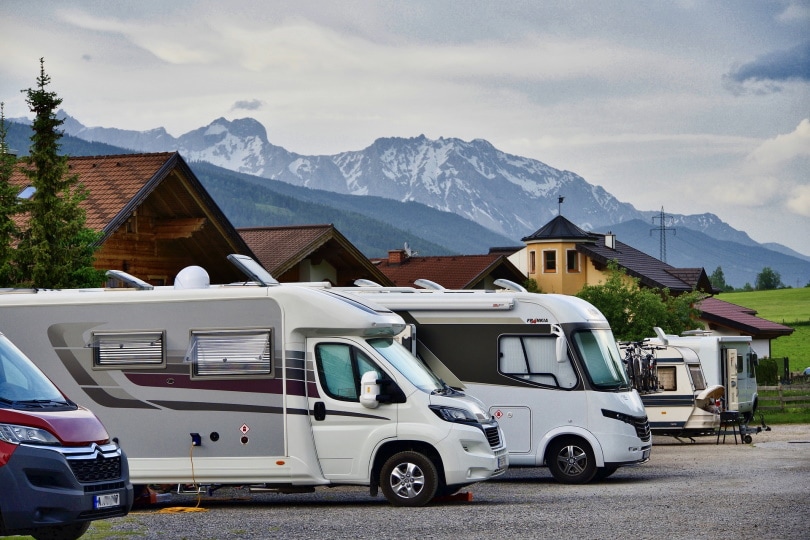

Frequently Asked Questions About RVs
What is an RV?
The abbreviated RV stands for a recreational vehicle. An RV is a motor vehicle or a trailer for travel and accommodation. The most used ones are campervans and motorhomes, but there are several types of RVs. Most RVs have a designated bedroom, bathroom, and living/kitchen area.
How much does an RV cost?
The RV price depends on the vehicle’s model, style, and features. Customers spend anywhere from $10,000 to $300,000. There’s something for everyone, so you should have no worries when buying your own RV.
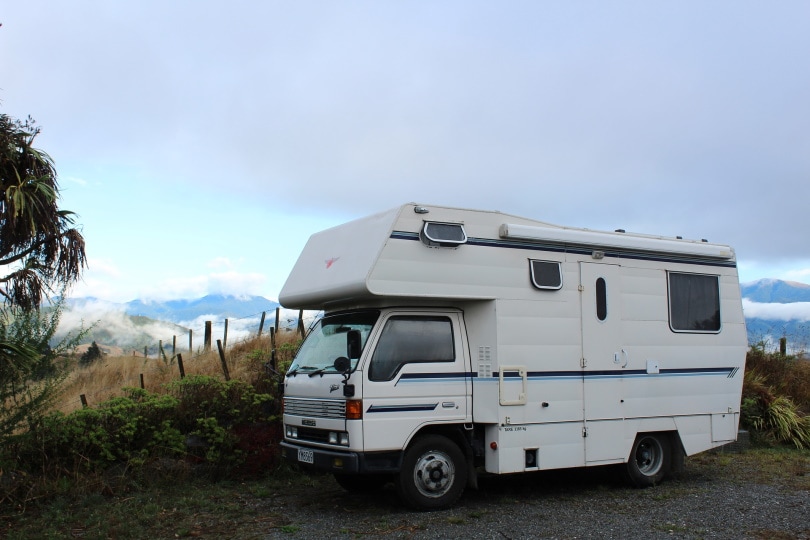
What are the different types of RVs?
RVs are usually divided into three classes: Class A, Class B, and Class C. There are also smaller subcategories in the industry. Recreational vehicles in every category have different characteristics, and the pricing varies depending on the model you are interested in.
Do I need a license that’s only used for driving an RV?
Most RVs don’t require a separate license to operate. Still, some are heavier and larger and require a separate license. Always check the regulations in the state you are traveling to because they can differ from the state you live in.
Will I need separate insurance?
You will need separate insurance for an RV. There are special insurance policies designed for RV owners and emergencies, and you can check your automobile or home insurance provider for quotes.
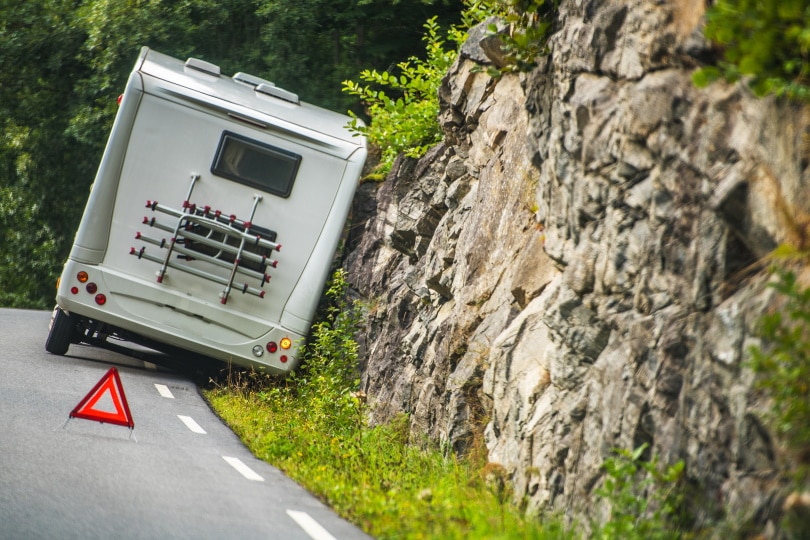
Where can I camp my RV?
A great thing about recreational vehicle camping is that there are over 27,000 designated campgrounds for parking your RV. Most of them are located near some of the best places you can explore in the US, and it’s simple to find a perfect camping spot.
Conclusion
In recent years, more Americans have hit the road in recreational vehicles than ever before. RVs provide the freedom to explore the country without expensive hotel bills or long lines at the airport. Although married couples in their late 40s make up the largest demographic of customers, younger buyers are purchasing more RVs, compared to previous years. Prices for RVs remain high, but the buying trend doesn’t show any signs of slowing down.
See Also:
Featured Image Credit: Pol Sole, Shutterstock
Contents

